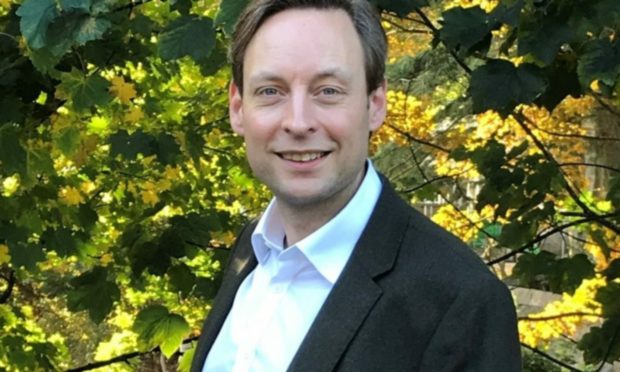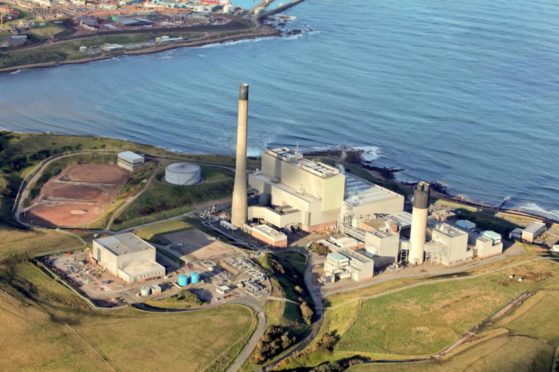As the eyes of the world turn to Scotland for the landmark Cop26 climate change summit this November, it’s increasingly clear that the biggest challenge facing the planet today is also a great opportunity.
This is particularly true in the north east where we have the skills, infrastructure, and natural resources to maximise the benefits of the net zero transition, creating renewed investment and high-quality jobs throughout the region.
As an Aberdeen resident, I know how much our city and region’s future depends on being the engine room for net zero.
Since being appointed shadow cabinet secretary for net zero, energy and transport in May, I’ve taken the opportunity to meet people across our world-renowned energy sector, learning more about the collaboration happening within the industry to deliver a sustainable future.
Educational
I recently visited Peterhead power station on the Aberdeenshire coast, where SSE Thermal and Equinor are developing plans for one of the UK’s first power stations equipped with carbon capture and storage (CCS) technology by the middle of this decade.
It was educational to meet the team, from those with decades-long experience to young apprentices just beginning their careers, all looking forward to a new chapter for the iconic site.
As Scotland’s only major thermal power station, the existing Peterhead plant provides critical flexibility to the electricity system, supporting increased penetration from renewable generation while ensuring security of supply.
The new low-carbon power station at the site would continue to provide flexible generation in a net zero world, while crucially safeguarding jobs and stimulating investment in the local economy.
Given its coastal location, the Peterhead site is ideally placed for carbon capture technology, with access to the essential CO2 transport and storage infrastructure being developed through the Acorn Project, a collaboration between Storegga, Shell and Harbour Energy.
The Acorn CO2 storage site, which will be used to safely store the CO2, is located about 100km (62miles) off the coast in rock formations under the North Sea.
There has been considerable progress in enabling CCS ambitions in Scotland this year, including the establishment of the North Sea transition deal and the awarding of £31 million through the UK government’s industrial decarbonisation challenge fund.
This year, with its energy transition deal worth up to £16billion, the UK became the first G7 country to agree a framework to support energy transition, supporting 40,000 jobs.
However, more work needs to be done to get CCS projects off the ground, including streamlining Scotland’s planning process for critical, net zero enabling infrastructure.
This will be crucial in accelerating the decarbonisation of power generation, heavy industry, and other harder-to-reach sectors of our economy.
As part of the prime minister’s ten point plan for a green industrial revolution, the UK government has committed to supporting the deployment of CCS infrastructure in four industrial clusters by 2030.
The Scottish cluster could support an average of over 20,000 jobs each year over the next decade.”
The Scottish cluster, led by the Acorn project and backed by SSE Thermal, is among those aiming to become one of two ‘track 1’ clusters supported by the mid-2020s.
By deploying CCS infrastructure, which will also enable low-carbon hydrogen production, the Scottish cluster can remove up to nine million tonnes of CO2 annually, decarbonising energy and industry and ensuring the green recovery is felt throughout our communities.
Back the “Scottish cluster”
A recent report undertaken by Element Energy found that the Scottish cluster could support an average of over 20,000 jobs each year over the next decade.
As the UK looks to demonstrate global leadership on low-carbon technologies ahead of Cop26, I’m calling on MPs and MSPs to back the Scottish cluster.
With its energy expertise and heritage, existing infrastructure, and ready-to-deliver projects, Scotland is in an ideal place to start this next phase of our net zero journey.
Liam Kerr is MSP for the north east region and shadow cabinet secretary for net zero, energy and transport

